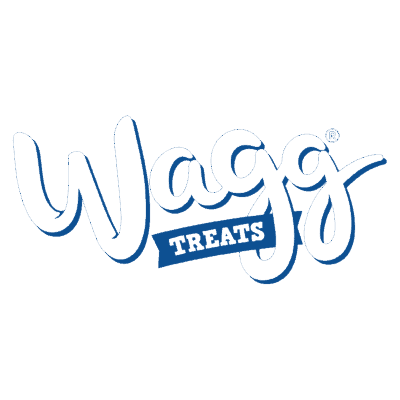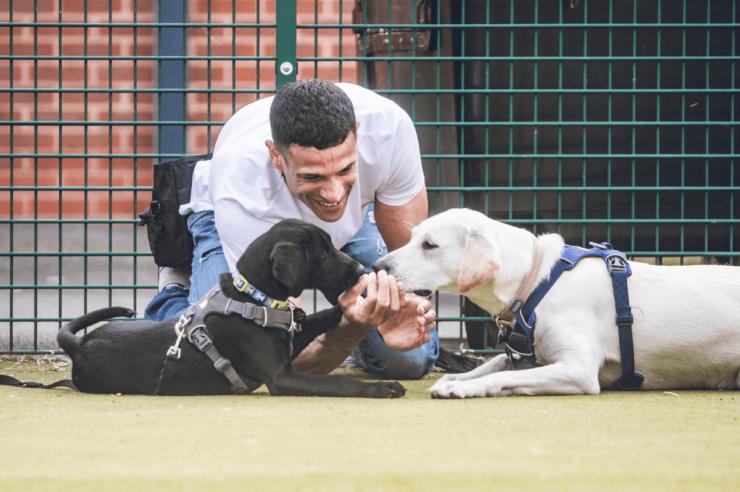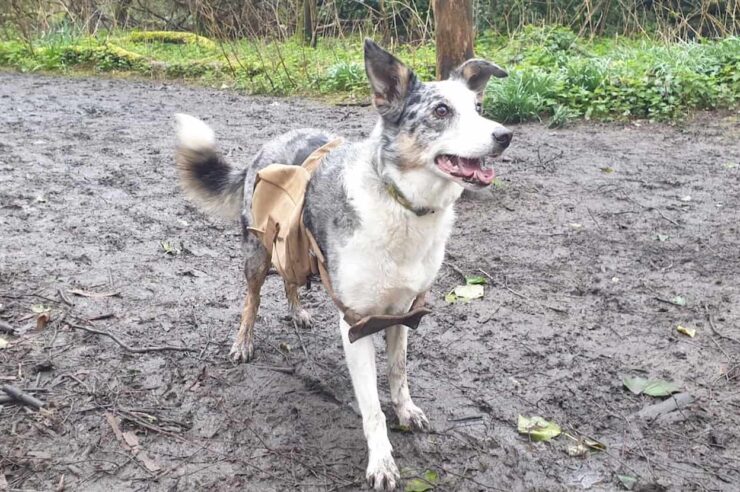Around one in four UK households has a dog, so it’s no wonder that owners are continually on the hunt for ways to keep them happy, healthy and safe. Here are 10 suggestions, from scent games to training tips
Britain is said to be a nation of dog lovers, and the figures back it up: more than a quarter of the public has a canine companion. Dogs are an important part of many households, valued for the company, pleasure and sense of wellbeing they bring. Here are 10 easy suggestions to help your dog flourish, both at home and while out and about.
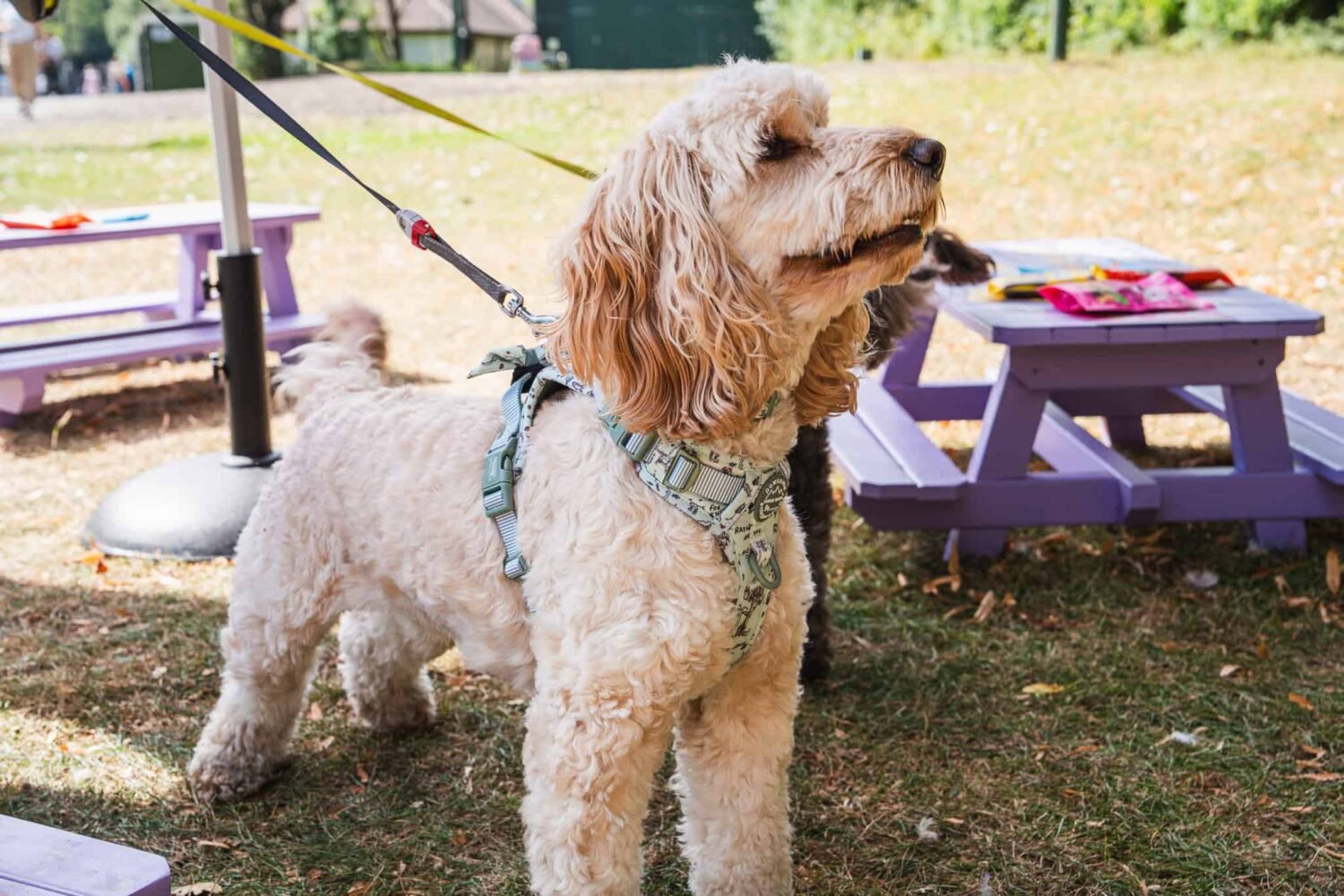
Not all green spaces are created equal. Try to find parks that are canine-compatible. Image: Wagg
1. Visit a dog-friendly park
If there’s one universal characteristic of dogs, it’s that they love being outside – but not all parks are created equal. Take your dog to a well-designed green space, like the fenced-in dog park in Cramlington, Northumberland. Parks like these give canines lots of room for exercise and socialising, and they can go off-lead without encroaching on areas where children play.
For those looking for a novel and fun way to enjoy a dog-friendly park, dog food brand Wagg has created pet-sized ‘pupnic’ benches, where dogs can enjoy free treats at a range of UK locations this summer. “Picnics aren’t just for humans,” says Sarah Lyle, brand manager at Wagg. “Our pupnic benches will give dogs the chance to enjoy a range of delicious Wagg treats in the great British countryside. This includes our new dog chews with flavours such as peanut butter or fish fingers, plus some Wagg picnic-inspired staples – carrot cake anyone?”
2. Go on ‘sniff-ari’ walks
While walks are an integral part of any dog owners’ daily routine, it’s easy to forget that “walkies” give so much more to our furry friends than just physical exercise. Dogs have super sensitive noses with up to 300m scent receptors (compared to humans’ measly 6m), which makes sniffing a mental workout that can tire them out and boost their dopamine, too.
Rather than rushing to get around the block, let your dog lead with their nose and stop to sniff things. For even more smell stimulation, the Dog’s Trust recommends gathering up safe, interesting-scented items such as lavender, seaweed or old shoes, and spreading them out around your garden or home, allowing your dog to go between the items, nose first.
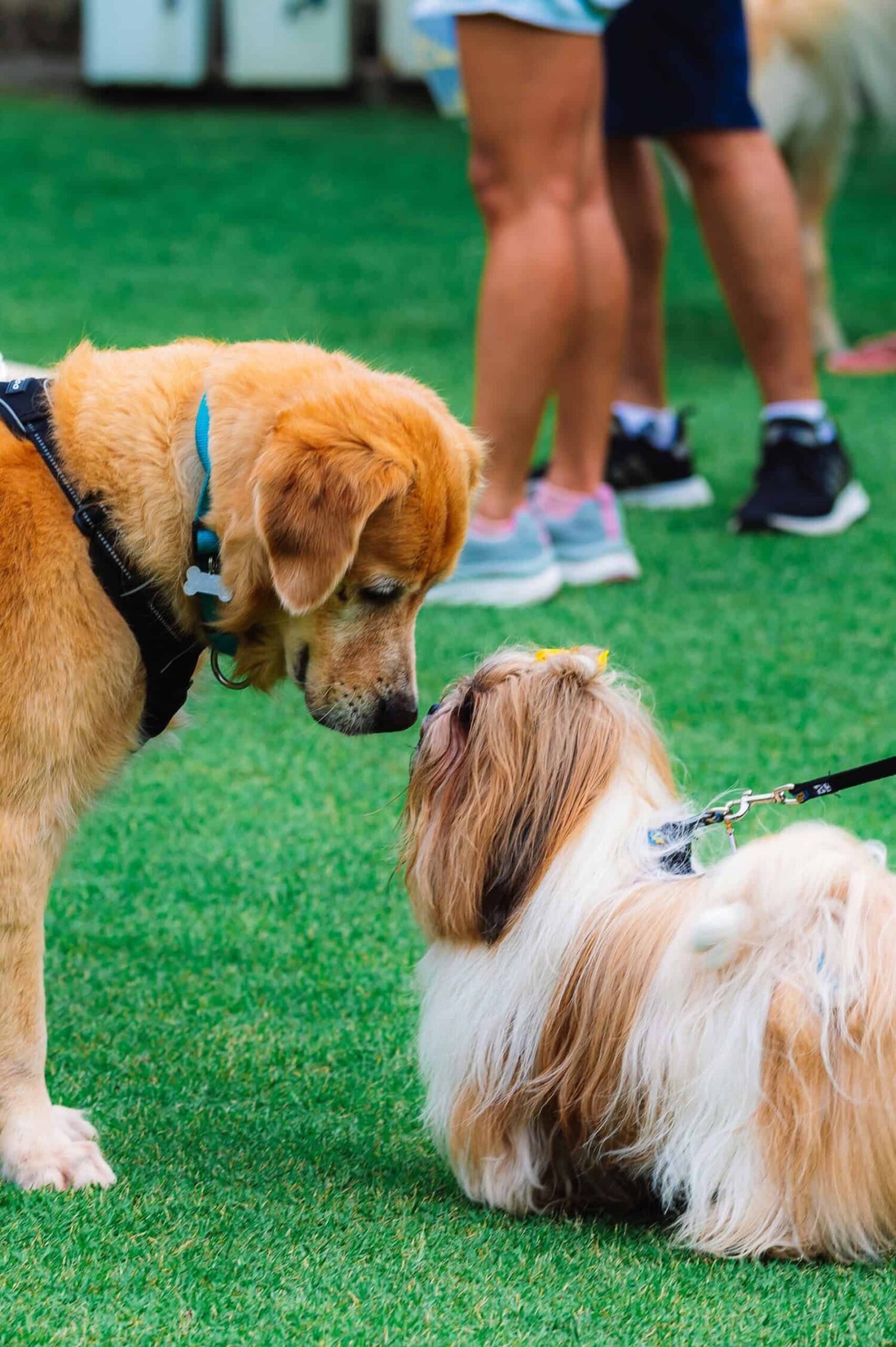
Good social experiences can aid dog welfare, so try to make them feel at ease around other pets and people. Image: Jeyakumaran Mayooresan
3. Try simple scent games
Scent work has a myriad of positive effects on your dog, from helping them become more confident and less anxious, to enhancing their natural ability to sniff things out. It can also strengthen the human-dog bond.
Introducing scent-work games based around treats or toys can be an enriching activity. This could be scattering their dinner across the garden, encouraging them to seek out biscuits with their nose, or hiding one of their favourite toys somewhere in the room and getting them to find it. Don’t forget to give them lots of praise and petting when they locate what they’re looking for.
4. Build in chew time
We all complain when our pups rip up furniture or favourite shoes, but chewing is a natural behaviour that helps calm dogs by easing activity in their stress response system. Attempting to stop it would be cruel – not to mention virtually impossible – so it’s important to factor chewing time into their routine.
Chewing can benefit their health too. Just like humans, dogs can have problems with their teeth. By giving them dental toys or chews, you can help clean their teeth and gums, while preventing dental disease.
5. Use puzzle feeders and foraging
Most dogs are food obsessed – indeed, the desire for treats can be a powerful motivator. A rubber puzzle feeder is a fantastic tool that gives your dog opportunities to work on their natural problem-solving abilities while eating. Alternatively, you can create a “dig box” from cardboard and newspaper, that your dog can hunt around for their food in.

Positive reinforcement should be at the heart of training. Instead of confrontational methods, give your dog something they really like – such as a treat, toy or praise. Image: Milli
6. Short, positive training bursts
Training your dog is incredibly important, and positive reinforcement should be at its heart. The British Veterinary Association warns against aversive or confrontational training methods. Instead, giving your dog something they really like – such as a treat, toy or praise – is far more effective.
Break it up into short but regular sessions so your dog doesn’t get overwhelmed, as recommended by the RSPCA. The fewer distractions, the better.
7. Socialise, without swamping
Good social experiences can aid dog welfare, so try to make them feel at ease around other pets and people. Remember to allow your dog to lead: let interactions happen naturally, as some dogs may feel uneasy if pushed to meet others too quickly.
While you clearly love your furry friend, remember that not everyone feels warmly towards them. According to a 2024 YouGov survey, one in six Britons are uncomfortable around dogs, so make sure to keep your distance unless called over, especially when it comes to children.
8. Quality downtime and undistracted presence
A host of factors can impact your dog’s behaviour, from age and breed to personality and past experiences. How you treat them also plays a huge role, with predictable routines and space to chill being some of the simplest ways to calmly co-exist.
If they have a favourite spot around the house – beneath a table or simply a room they like the most – the Dogs Trust recommends adding blankets or a comfy bed to turn it into a space where they feel snug and safe, away from the hustle and bustle of the home.
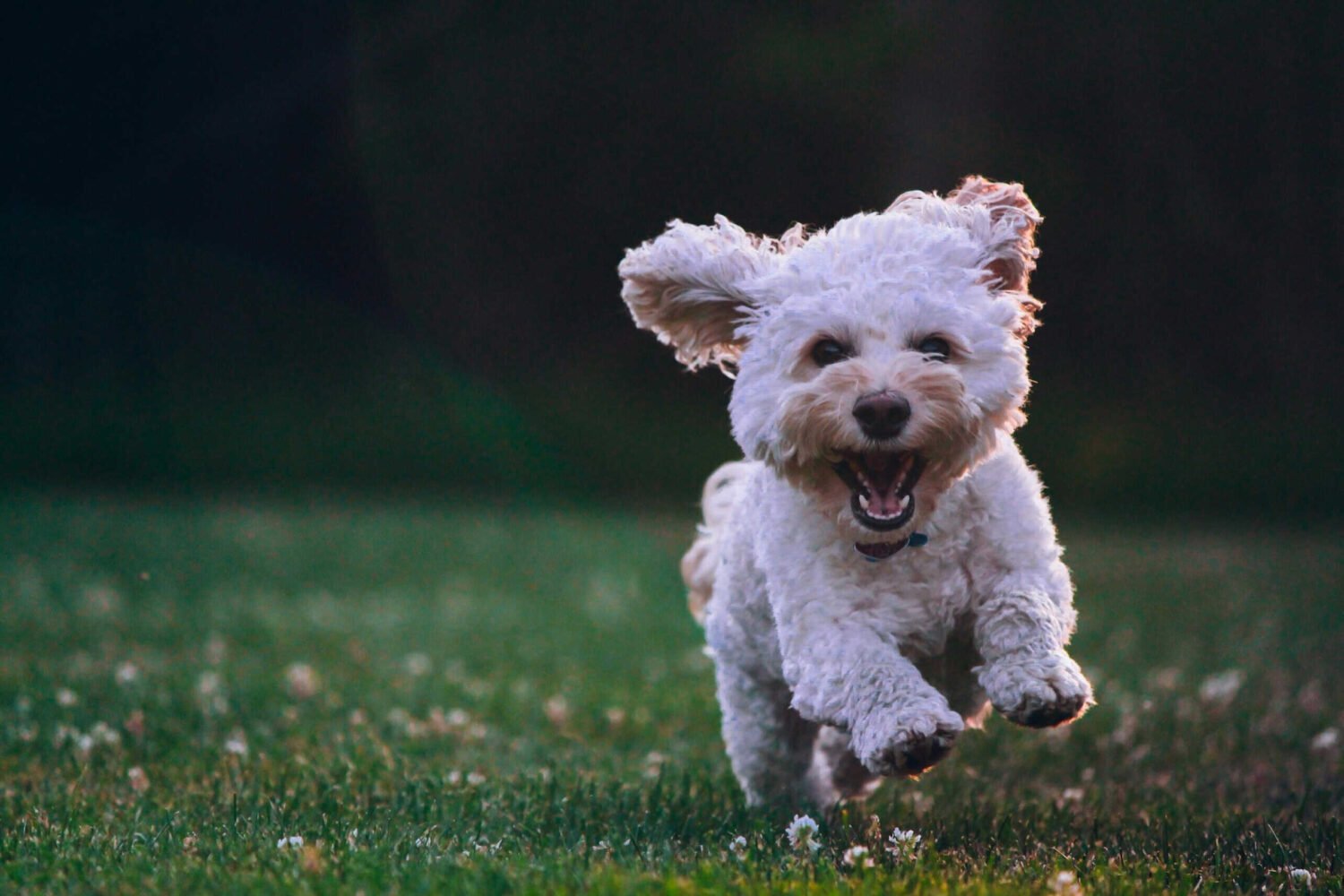
The Royal Veterinary College says your dog should always have access to a cool, shaded area (both inside and out) and lots of water, as heat stroke can impact your pet anywhere. Image: Joe Caione
9. Heat-smart habits
Dogs can really suffer in hot cars, but heat stroke can impact your pet in any place. Early signs of overheating include panting heavily, restlessness, drooling, increased heart rate, or even vomiting or diarrhoea.
The Royal Veterinary College says your dog should always have access to a cool, shaded area (both inside and out) and lots of water. The PDSA, a veterinary charity, recommends the five-second test for walks. Before setting off, place the back of your hand on the pavement – if it’s too hot for your skin to stay there comfortably for five seconds, it’s too hot for your dog’s paws.
10. Nature day trips and new places
Getting in touch with nature is as important for dogs as it is for people – novel, sensory-rich environments can provide instant enrichment. An easy way to achieve this is by taking them on a micro-adventure by bus or train to nearby woods, beaches or moorlands.
Make sure you’re following local laws and be considerate when in rural areas. The Countryside Code lays out guidelines for visitors – when it comes to your dog, it’s particularly important to note lead rules when around ground-nesting birds and livestock.
This article has been produced by Positive News and paid for by Wagg. To celebrate the launch of its new Chews range, Wagg is unveiling six special ‘pupnic’ benches in dog-friendly parks throughout the UK, across multiple weekends:
● Heaton Park, Manchester – 25 August 2025
● Birkenhead Park, Liverpool – 30 August 2025
● Llys y Fran Lake, Pembrokeshire – 31 August 2025
● Rufford Abbey, Nottinghamshire – 6 September 2025
● Clissold Park, London – 7 September 2025
Find out more at: waggfoods.com
Main image: PK-Photos

